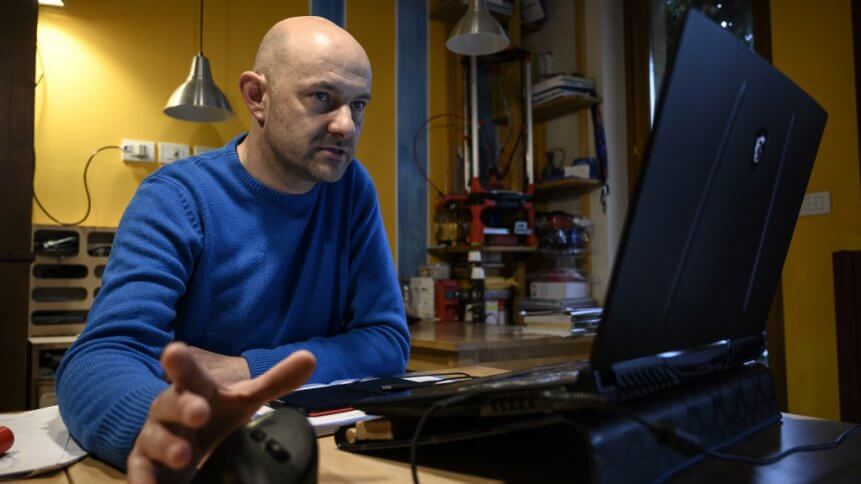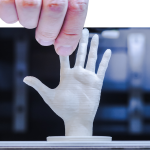How 3D printing is showing its worth in a crisis

The current economic outlook may look bleak, but as businesses both tighten their belts and extend their arms to support customers, industry counterparts and, of course, the heroic global healthcare industry, positive innovation and partnerships are taking place everywhere we look.
In an example of how that can look, automobile giant Ford has partnered with 3M and GE healthcare to mass produce respirators, ventilators, and face shields with the help of 3D printing to boost production.
In building the equipment, the partnership aims to develop new designs based on parts produced by both companies to meet the demand.
Targets of the partnership include “to build 50,000 ventilators in the next 100 days” and more than 100,000 plastic face shields per week for communities of first respondents, factory workers, and retail workers.
The automaker intends to leverage its in-house 3D printing capability to produce components of personal protective equipment (PPE) such as disposable respirators.
Starting in April, we’re producing a ventilator with @GEHealthcare, leveraging the design of @AironCorp’s FDA-cleared ventilator. It's designed to operate on air pressure without electricity, making it a versatile solution to help those fighting #COVID19. #BuiltFordProud pic.twitter.com/DtsB0fPGe0
— Ford Motor Company (@Ford) March 30, 2020
3D printing an emerging tech in healthcare
3D printing is in the limelight currently as a solution set to help alleviate and accelerate production backlogs, quickly providing healthcare facilities with some of the stock they desperately need.
However, Mike Kesti, Global technical director of 3M’s personal safety division, said “3M’s view is that 3D printing for PPE does not provide the scale we need.”
Ford’s deployment of 3D printing technologies is an innovative move yet, as pointed out by Kesti, will not transform the current supply issue, at least in the short term.
However, current work in the area is showing 3D printing’s open-source potential in a crisis, and how focusing on manufacturing the smallest, simplest of components can also contribute greatly.
YOU MIGHT LIKE

How 3D printing is transforming the production line
In New York, a team at Northwell Health is releasing a template for 3D-printed nasal swabs for testing kits – a crucial component in tracking and stemming the spread of COVID-19.
The healthcare provider aims to take some pressure off from strained manufacturers by sharing the design with public sectors.
Dr. Todd Goldstein, director of 3D design and innovation at Northwell Health, explained the mass sharing of nasal swab design is a crucial step to ignite widespread testing.
The healthcare organization is now 3D printing about 2,000 to 3,000 nasal swabs a day for frontliners.
“Anyone who has these printers and materials — we’re talking dental labs, university hospitals, high schools, middle schools, universities, engineering schools, even companies that use these printers for prototyping … if they get the correct resin, they can also make these swabs and help with the shortages,” Goldstein told ABC news.
As more organizations in the US are called to help combat the pandemic and production lines face heightened pressure to move in “Trump time,” emerging technologies such as 3D printing may offer some of the help needed in a time of a global crisis.









